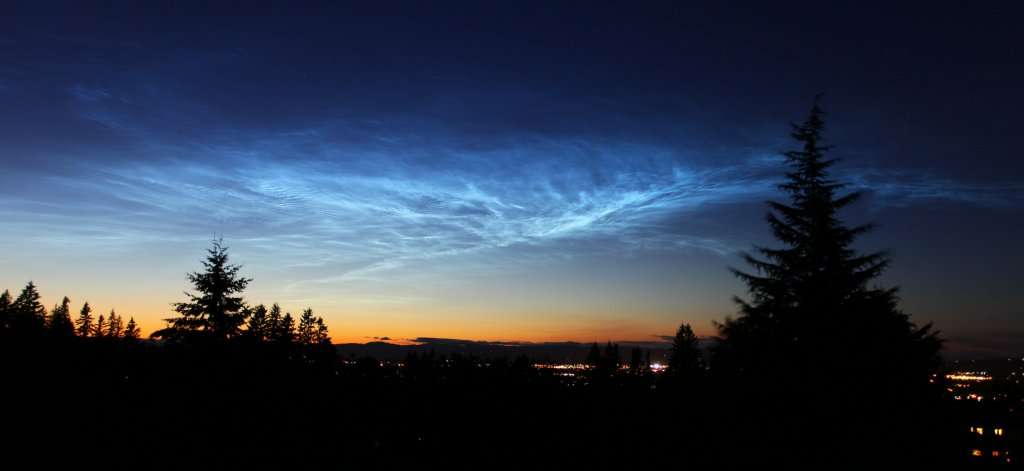Representative Tom Perriello (D-VA-5) was one of the first candidates to make the Energy Smart list. Yesterday, not for the first time, he provided a clear statement as to why he merited and continues to merit a prominent position in the ‘must support’ list for anyone concerned about fostering a prosperous and secure America future.
Interviewed by David Roberts, Grist, Perriello spoke strongly about the imperative for better energy policy, including the necessity of putting a price on carbon. While too many in the Commonwealth are flaunting their anti-science syndrome credentials, Perriello is speaking forthrightly and directly. His narrow victory in 2008 has him in the Republican cross hairs for defeat this November but Perriello doesn’t speak directly — he speaks with great integrity and from principle. That characteristic, of having the courage of convictions and being able to speak coherently about them, goes a long way with voters who might disagree in a specific case but who respect a clear-speaking politician with principles.
And, Tom’s words about the Senate-House relationship — his direct and strong words — merit attention, echoing, and applause.



